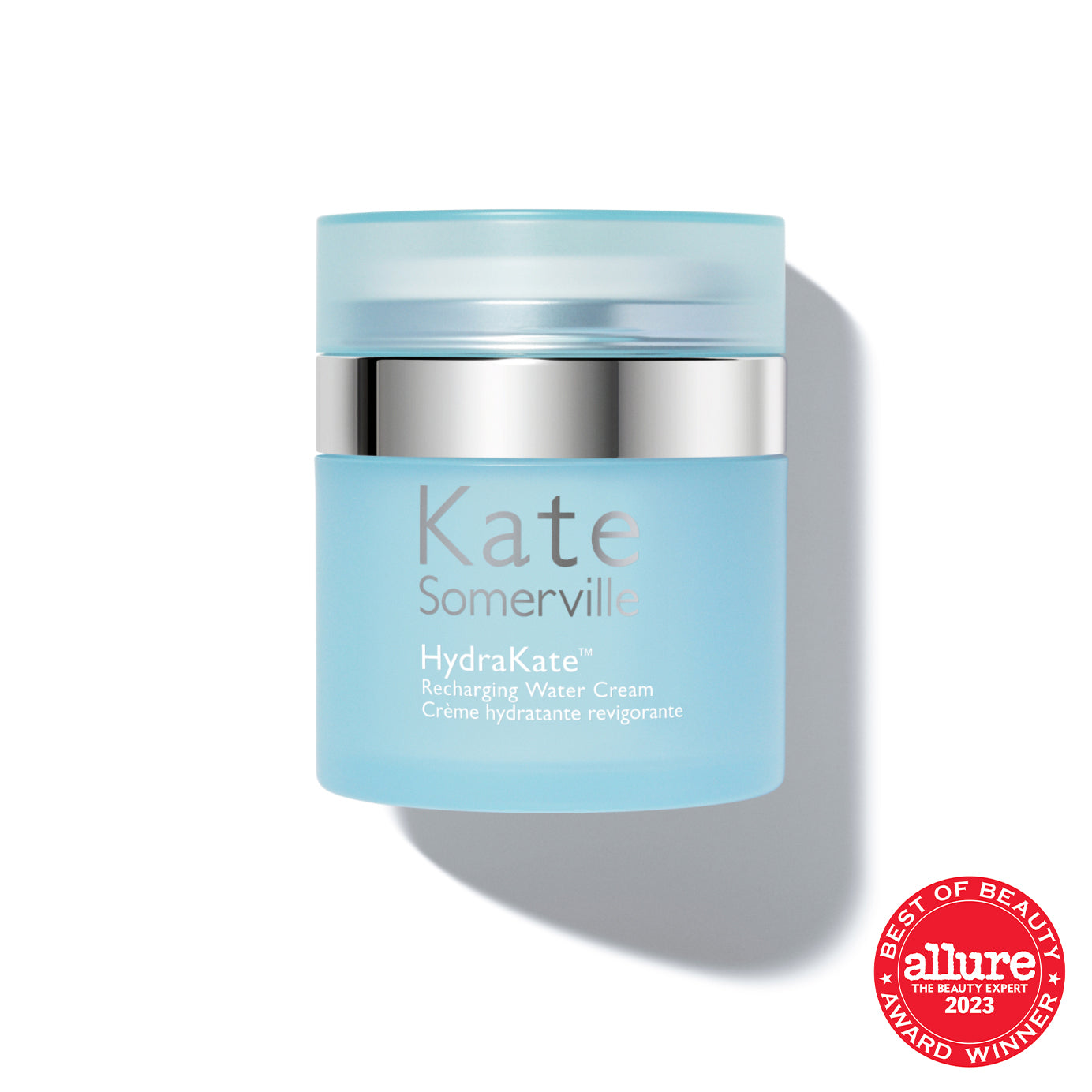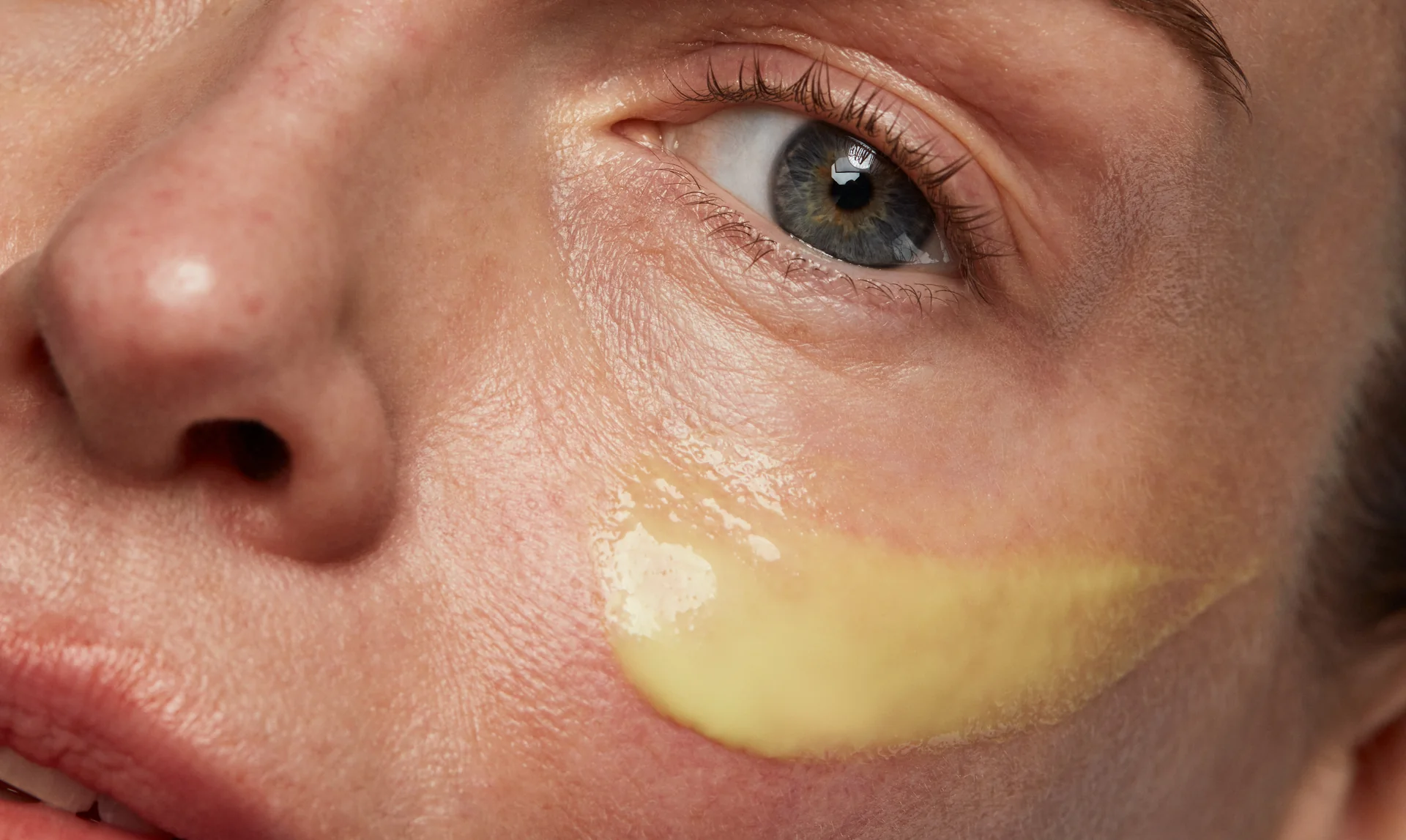By now you likely have heard about all of the benefits of exfoliation. How it removes impurities from the pores. If done correctly, exfoliation results in cleaner, brighter, and all-around healthier skin. However, if you are new to exfoliation, you may not know how to incorporate this step into your current regime. Should you exfoliate or cleanse first?
Our Skin Health Experts recommend cleansing first to prep the skin and open your pores. But like any skincare routine, each step is unique to your skin!
The truth is there’s no right method when it comes to face wash and skincare routine, and you can exfoliate before cleansing or vice versa, depending on your skin’s sensitivity. To help you decide which step to do first, you must first know why exfoliation is a big deal and how it affects your skin.
How Does Exfoliation Help Your Skin?
You should start exfoliating as it can unclog your pores, promote smoother skin, get rid of bacteria, and remove dead skin from your body. As a result, you won’t break out as much, your skin clears up, and you have a more radiant complexion. That’s why the decision of whether to exfoliate or cleanse first matters less than being consistent about doing both.
All areas of skincare products work better together rather than on their own. Exfoliation is not necessary on a daily basis, but it’s just as important as cleaning or moisturizing the skin, especially for individuals with oily skin. Your skin is susceptible to built up sweat, oil, makeup residue, and other toxins from the air that sink into your pores. It creates a fast track to whiteheads, blackheads, and other types of breakouts. It also causes the skin to appear less vibrant and discolored in some areas.
Exfoliation, facilitated by the use of skin care products like an exfoliator, removes this buildup and paves the way for new skin cells to take their place by sloughing away the dead skin. A clean, exfoliated face allows the skin to do its best work in keeping the skin free from dirt and unclogging pores. Additionally, when you’re asleep, the body releases a human growth hormone that’s essential for collagen production [1], further aiding in minimizing the appearance of fine lines and visibly decrease the size of your pores. By supporting your skin’s natural processes, it gives you a healthier, fresher appearance, particularly on the skin surface.
Benefits of Using Cleanser First
Cleaning the face before exfoliating allows you to start with a fresh slate, which is expecially important for individuals with sensitive skin. Exfoliation dives into the pores, more so than a mild cleanser, making it a vital step in your skin care routine for achieving smoother skin. It’s important to remove your makeup and clean your face on a daily basis, but keep in mind that exfoliation may not always be necessary with the same frequency, especially for those with sensitive skin.
The process we recommend is to apply a thin layer of the Kate Somerville ExfoliKate® Intensive Exfoliating Treatment in the morning or evening, once or twice a week. Massage it into the face for 30 seconds and leave on the skin for up to two minutes to absorb the facial scrub’s healthy ingredients. Then, rinse and pat the face dry before moving on to toner and moisturizer.
ExfoliKate® contains lactic acid, fruit enzymes, and salicylic acid as part of its effective formula. Their role is to improve the look of the skin’s texture by helping to remove dead skin cells and unclog pores. It will take a few weeks before you can see improvements, so it’s important to maintain a consistent exfoliation schedule.
Benefits of Using an Exfoliant First
Generally speaking, fewer people choose to exfoliate than cleanse, although there are benefits to reversing these skincare steps. The action of sloughing away dead skin cells, excess oil, and other impurities can take care of cleansing simultaneously. When approached in this way, mechanical exfoliation is the better choice. By using specific “tools” to remove the top layer of the skin, it promotes a smoother texture and a brighter appearance.
Use a damp washcloth or exfoliating brush to gently wipe the face by using small, circular motions. This will stimulate the skin as you brush away the top layer of the skin. Physical exfoliator tools like a cleansing brush should be used very gently on the facial skin. Keep in mind, though, not all cleansers are made to exfoliate the skin and vice-versa. Be careful about the type of tool you use since some are more abrasive than others and can irritate or tear the skin.
Alternating Skincare Steps
The last option for those who haven’t made up their mind is to try mechanical and chemical exfoliation, which are the two major types of exfoliation. After you’ve wiped away your makeup, the next step is mechanical exfoliation. Slough away the surface layer of the skin with your exfoliant tool of choice. Next use a gentle cleanser to nourish the skin and give your face a smooth foundation to follow up with a chemical exfoliant.
Chemical exfoliation relies on chemicals or enzymes to dissolve or break down clogged pores. It offers a more intensive way to tackle the stubborn impurities that cause the skin to have breakouts, appear dull, or lose its supple quality. One of the many benefits of the ExfoliKate® Intensive Exfoliating Treatment is that it has ingredients that work both as a “chemical” and “physical” agent. Essentially, it takes care of both types of exfoliation in one.
After four weeks of use, 100% of women tested showed highly significant improvement in the appearance of skin texture, pores, crow’s feet, fine lines, and wrinkles. Adding it into the regular rotation with your other skincare steps will help maximize its benefits. You’ll notice if one method works better than the other depending on your skin type and its sensitivity.
Exfoliating Based on Skin Type or Concerns
An oily skin type usually requires more exfoliation to get rid of excess oil and shine. How often should you exfoliate your face when you have oily skin? Two to three times a week typically works well (this also works for people with combination skin). Dry skin, however, only requires exfoliation once a week at most so as to not strip the skin of its natural oils from the face. Then, for those with combination skin, a happy medium between the two is most effective. For people with acne-prone skin, a gentler form of chemical exfoliation applied at least 2 to 3 times a week can help manage sebum production.
Although exfoliating can help acne, beware of certain exfoliants or too much exfoliation, which can aggravate acne-prone skin further. With that being said, there are certain environmental circumstances that may temporarily call for a need to change the frequency. Increased sweating caused by weather conditions, fluctuating hormones, or a change to a diet may lead to more exfoliation than normal to keep pores clean. Conversely, extra dry months may cause you to rein in how often you exfoliate or prompt you to change the type of exfoliation method you decide to use.
Regardless of when and how you decide to exfoliate, be gentle on your skin and accommodate your treatment based on how it reacts and what the situation calls for.
Beware of Over-Exfoliation
There are numerous benefits that come with exfoliating the skin, but be careful that you don’t overdo it, especially if you have sensitive skin. There is such a thing as over-exfoliation, and it can create problems for your skin that may circumvent any improvements you’ve already made. It can cause just as many issues for the skin as not exfoliating at all.
It’s all about maintaining a healthy balance, especially when using chemical exfoliants. Going to extremes can cause redness, irritation, inflammation, and microtears, which leave your skin prone to infection. Signs you’re exfoliating too much are:
• Your face feels tight and itchy rather than smooth and supple. It’s important that you use an exfoliant that also has nourishing and moisturizing ingredients to help condition the skin.
• The skin is more sensitive to sunlight and other environmental factors. When you over-exfoliate, you leave the skin raw and exposed without the barrier it needs to stay healthy and prevent sun damage.
• Breakouts occur more frequently. Too much exfoliation causes a disruption to your skin’s natural process and your sebaceous glands may go into overtime to provide the oil your skin needs. The excess oil eventually may lead to acne.
• There’s prolonged redness or irritation. Exfoliating more than a few times a week may be too harsh on your skin. For certain skin types, more than once a week can cause your skin to react in a negative way.
Exfoliators work hard to remove impurities from your face. Afterwards, you’ll feel how much smoother and fresher it feels. Getting carried away with too much of a good thing can backfire. Have confidence in the process and let exfoliation take care of tackling pores on a steady but not everyday basis.
Get More from Your Skincare
Although our esthetician tips would suggest cleansing first before exfoliating, try it both ways and see what works best for your skin. Every skin type needs its own special care and your skin may react more positively to one technique over the other. The one thing we can all be in agreement on is the importance of them both. Step-by-step, you can create a healthier, brighter complexion by adding exfoliation to the mix of your skin care routine.
Each step, tool, and skin product has its own role as part of a complete skincare regimen. Exfoliation elevates your daily regimen to give your skin a more radiant glow, while cleansing is a necessary step to remove daily impurities from the skin. The few minutes you focus on your skincare will make a huge impact on the condition of your skin long-term. Enjoy how much better your face looks and feels after you’ve cleansed and exfoliated your skin. It’ll be easy to keep it as part of your regular routine once you’ve seen its benefits.
Sources:












